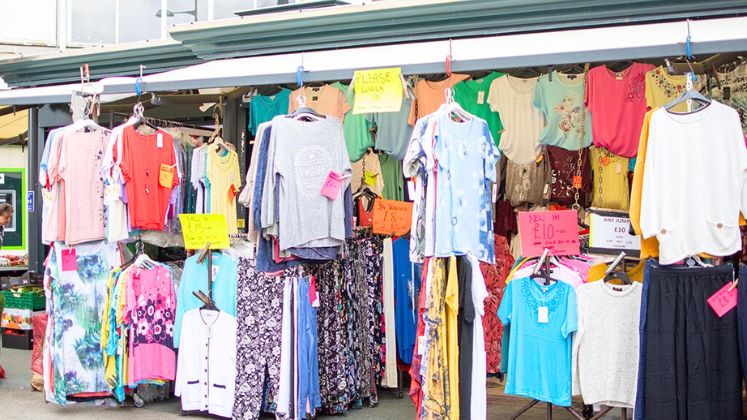
The mechanics of clothes retail in the UK’s high streets appear to be changing as British consumers make their way through their Christmas shopping lists this season, according to new statistics. An unanticipated shift in consumer purchasing habits over the last five years has been shown by an analysis conducted by payment solutions firm SumUp using data from the Office for National Statistics.
While traditional clothes stores saw a modest 2 per cent rise, market stalls have grown by 26.5 per cent since 2020, making them the clear challenger in the apparel retail sector. Instead, this trend suggests a shift in retail choices and value-driven shopping, challenging the narrative of high street collapse.
The retail clothes industry as a whole is still doing well; in 2023, its market value was US $ 59.96 billion, an 8.6 per cent increase from the previous year. Nonetheless, customers are increasingly accessing fashion through a wider variety of distribution platforms.
This change in consumer behaviour is supported by digital indicators; for example, Google search data indicates an 81 per cent increase in queries for “clothing markets” over the previous 12 months. With an 89 per cent increase in search volume, interest in vintage clothes markets has shown even more vigour.
Yorkshire and the Humber is the epicentre, according to regional study, with a 50 per cent growth in clothes markets and stalls since 2020. In just the last year, local interest in market booths has increased by 25 per cent in the area.
The number of market stalls in London increased by 33 per cent, and the search term “London clothes market” increased by 50 per cent year over year.
The West Midlands, which is home to Birmingham’s Bullring shopping district, has seen a 33 per cent increase in market stall numbers, matching London’s growth rate. Despite the region’s significant investment in traditional retail infrastructure, local search data shows that interest in market stalls has doubled over the past year.
The North West and South East regions complete the top five areas for market stall growth, recording increases of 25 per cent and 16.7 per cent respectively since 2020. While the UK high street remains a cornerstone in the retail industry, other channels, particularly those in the value sector, are gaining traction.






